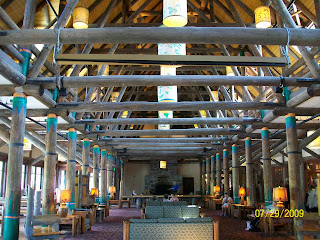 The inspiration behind this weeks' post comes not from any of my garden books, but actually from a little buddhist nun named Pema Chodron, who changed my life with her simple and light hearted teachings on compassion.
The inspiration behind this weeks' post comes not from any of my garden books, but actually from a little buddhist nun named Pema Chodron, who changed my life with her simple and light hearted teachings on compassion.In her book, “Start Where You Are,” Pema addresses the buddhist teaching slogan: “Abandon any hope of fruition.” The gist of the slogan is if you have hope that you will master your bad habits and overcome your insecurities, you never will reach goals. For in looking to the future, you are no longer accepting the preset, and as long as you don't accept yourself as you are in this moment you will never gain the compassion to truly grow. I'm a very goal oriented person and so this is a radical concept for me. If everything is alright in this moment, than what do I have to work for? What do I do with myself?
She goes on to say that one can learn to see our buddha nature, our awakened nature, in everything that we do even the negative stuff. When you are moody you are “moody buddha,” when you are on top of the world you are “on the top of the world buddha, or when you are berating yourself for making that mistake for the 6000th time you are “making that mistake for the 6000th time buddha.”
So what does this have to do with gardening? Gardening with a sacred intention is accepting your garden exactly how it is in this moment. Much of the destructive behaviour we enact on the earth is because we refuse to accept her and her gifts as they are in this moment. We always want something more and something better, and we just create more problems.
Just as we could identify our own buddhas, we could do the same for the garden. When a squirrel keeps eating your strawberries and leaving you none, it's “feeding the squirrels and not me buddha.” When aphids will not leave alone my cabbage no matter what I do, it's “aphids going to town on my cabbage buddha.” Or when a fungus kills off all my tomatoes, it's “tomato fungus is alive and well buddha.”
For people who are waiting for their next meal from their farm or garden, this must sound like elitist and idealistic bull. If a fungus just killed off the crop that was going to feed your family or community, seeing the buddha in that situation is near impossible. I'm not going to pretend that I know an answer to that situation. Only that if as a community, local or global, we were able to practice this level of acceptance, perhaps there would be less people in the world faced with such devastation. Perhaps, we could attend to the present needs of our community, than be distracted by our constant thriving for the future. Is this idealistic bull? I don't know. What do you think?
(Orginally posted on growfoodfeedspirit.blogspot.com)

















